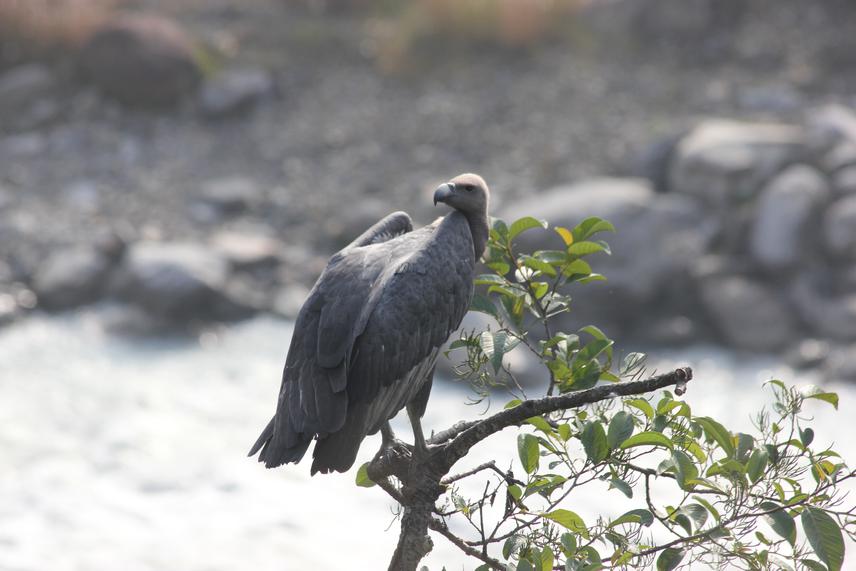Khadananda Paudel
Other projects
10 Feb 2014
Protecting the Critically Endangered Vultures of Suklaphanta Wildlife Reserve and Kailali District, Nepal through Community-Based Integrated Approaches
19 Jan 2018
Evaluating the Factors Limiting the Conservation of Critically Endangered Red-Headed Vulture and Engaging Local Community for the Species Protection in Nepal
The project aims to minimize the use of vulture toxic as well as potentially vulture toxic known so far in eastern lowland of Nepal by involving veterinary practitioners in vulture conservation activities.

Out of 878 species of birds that have been recorded from Nepal, nine are vulture species. Among nine species of vultures in Nepal, four species (White-rumped Vulture Gyps bengalensis, Long-billed Vulture Gyps indicus, Slender-billed Vulture Gyps tenuirostris and Red-headed Vulture Sarcogyps calvus) are listed as Critically Endangered and one (Egyptian Vulture Neophron percnopterus) as endangered due to rapid decline in their population. Diclofenac, a non-steroidal and anti-inflammatory drug widely used in livestock treatment in Asia has been found to be major cause for the decline in Gyps vultures.
Subsequent to the dramatic declines of vultures due to diclofenac, Nepal has been at the forefront of in-situ conservation of critically endangered vultures in South Asia. The eastern part of Nepal supports few remaining colonies of White-rumped Vultures and is a foraging ground for other species of vultures such as Himalayan Griffons, Slender-billed Vultures etc. Conservation efforts have contributed much to reduce the use of veterinary diclofenac in western lowlands but only limited efforts have been made in the eastern lowlands. Thus this project entitled “Involving veterinary practitioners for the conservation of critically endangered vultures in eastern lowland of Nepal” aims to expand the conservation efforts on minimizing threats to critically endangered vultures in eastern lowlands. The project will be implemented in eight districts of eastern lowlands in Nepal namely: Sarlahi, Mahottari, Dhanusha, Siraha, Saptari, Sunsari, Morang and Jhapa adopting a collaborative approach involving the local people and the relevant authorities.
The project will contribute to raising awareness levels on the causes of vulture declines and highlight the role of stakeholders for the conservation of vultures among veterinary practitioners, local youths, school students and general public. The project will also contribute to improving our understanding of factors effecting decline of vultures other than vulture toxic drugs that might be preventing vulture populations from returning to pre decline numbers.